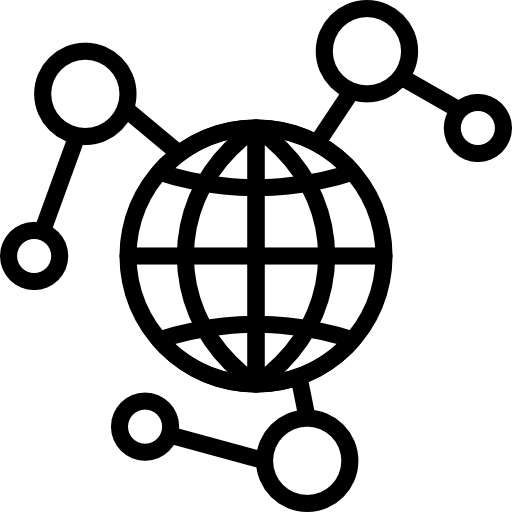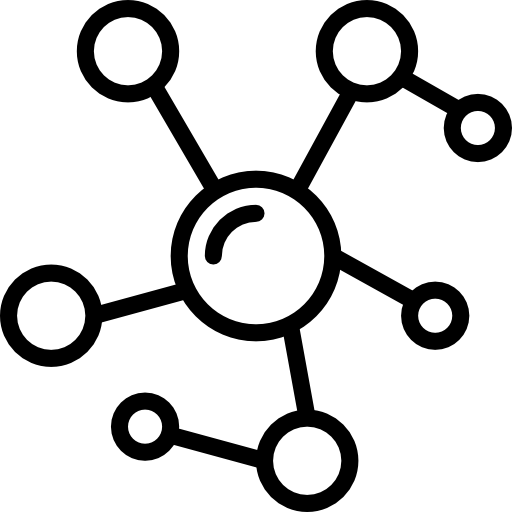1. Introduction
As part of the “Polysemi – Park of literary travels in Greece and Magna Graecia” project, aimed at creating a cross-border literary park shared between Puglia and Greece (with specific involvement, in the latter case, of the Ionian Islands), the creation of a network was planned to promote, support and implement the activities of the aforementioned Park.
The project, initiated and developed by the University of Bari Aldo Moro in collaboration with four other partners (Municipality of Taranto, Computer Science Department of the Ionian University Research Committee of Corfu, Ministry of Culture and Sports of the Greek Republic, Region of the Ionian Islands) and co-financed by the European Union with the Interreg Greece-Italy 2014-2020 Cooperation Program, has the main purpose of promoting the economic and social development of the area concerned by leveraging the benefits, both direct and indirect, that the park is able to generate in terms of the increase in the so-called “Cultural tourism” flows; it also aims at enhancing the overall quality and sustainability of the tourist use of the territories involved, on the one hand, and the living conditions of the citizens of these regions, on the other.
The pursuit of this objective inevitably has to involve multiple actors with diversified interests, both public and private, linked to the operation of the park. These are subjects of various nature that include institutional actors and bodies, more or less relevant stakeholders and cultural operators, tourism professionals and entrepreneurs, non-profit associations and, more generally, representatives of the so-called “third sector”. All these subjects being more or less directly involved in the planned activities and being put in place or simply supported by the Polysemi park, need to be put in the conditions not only to seize the opportunities offered immediately by the park itself and, possibly, to actively participate in the support and enrichment of such opportunities, but also to provide their contribution to the dynamic development of the park, of the territories involved and of all the activities linked to Polysemi; this can take place through the creation of increasingly virtuous synergies between different subjects and interests, so as to implement and develop, with a real work in progress, the operations and, above all, the design skills of both the park and the individual actors who interact or can interact with it.
In this perspective, an attempt has been made to lay the foundations for the creation and development of a network that can encourage connections and the sharing of resources (information, organizational formulas, projects, etc.) among operators, as well as the creation of new forms of collaboration (especially cross-border ones) among them; an attempt has been made also to define common actions and strategies and develop an innovative, agile and shared planning. The ultimate goal is to increasingly strengthen the tourist-cultural offer and, more generally, to contribute to the promotion of an economic, social and cultural development of the entire area concerned that can be widespread, inclusive, sustainable.
2. Identification of the purposes and tools to be used in order to create the network of the Polysemipark
The establishment of the network of operators linked to Polysemi started with the identification of the purposes that the newly established network should make its own, along with the tools to be used to allow its concrete creation and progressive strengthening.
It was evident that the purposes of this network, which is instrumental to the concrete pursuit of the development objectives of the park and of the entire area concerned, had to be in line with the specific peculiarities of a “literary travel park” contextualized in an area in many ways homogeneous from a cultural point of view, but still attributable to different socio-economic systems and conditions in many respects (common EU membership attenuates but never cancels the institutional, economic and social heterogeneity between the various regions involved). Furthermore, the identification of its purposes could not have ignored the tools to be used and, in particular, those that would have actually been used for the construction of the network on the basis of the available resources, since the structure and the very operation of the network being set up would have been profoundly conditioned by the support and implementation methods used. Precisely for this reason, the identification of the purposes to be pursued as well as the tools to be used were closely intertwined, also given the fact that the implementation of the “Polysemi” project was already at an advanced stage when the creation of the network was considered.
In other words, after examining the potential functionality and abstract operation that should have connoted the network, the individual concrete objectives and potential advantages that the network would pursue were analysed. The importance of this phase is linked not only to the need to proceed with an effective design, but also to the need to bring out the strengths of the network on which to focus and, above all, the tangible opportunities offered both to the project partners, and to all other potentially interested parties.
Starting from the central point around which the very idea of creating a network of subjects linked to the Polysemi park is articulated, i.e. to create a tool that can offer the opportunity to share and enhance the benefits of a shared action, to create a sort of “multiplier” of the potential in individual operators, as well as the advantages and benefits deriving from the initiatives of each and of the park as a whole, objectives and potentials have been identified:
- Connecting subjects, organizations, resources and knowledge (these are the potentials), to allow new forms of planning and sharing of the results of the park and all its activities (these are the related objectives);
- Promoting cross-border relationships and exchange of information, ideas and resources in general (these are the potentials), in order to achieve real systematic collaborations of a cross-border nature, also using organizational formulas as well as innovative and shared forms of planning (these are the related objectives);
- Strengthening the support and promotion of park activities with the involvement, from time to time, either “targeted” or “widespread”, of those who work in and with the network (these are the potentials), to develop new methods of intervention and new functional tools aimed at pursuing the aims of Polysemi (these are the related objectives);
- Increasing the capacity of involvement of the subjects operating in connection (either direct or indirect), or in real synergy, with the park (these are the potentials), encouraging and sharing the collateral initiatives to those of the park itself (these are the related objectives);
- Allowing forms of sharing common decisions and strategies (these are the potentials), to organize new forms of governance of the park and the activities developed around it, also through the drafting of memoranda of understanding and regulations to be prepared in itinere (these are the related objectives);
- Making awareness-raising activities more effective and systematic in the use and enrichment of the opportunities offered by the park (these are the potentials), to make their development dynamic, virtuous and constant (these are the related objectives);
- Connecting the network of operators more effectively with the potential network of users (these are the potentials), with the shared creation of so-called “social” applications and tools for the progressive strengthening of the park (these are the related objectives).
The aforementioned purposes and objectives have been defined, as has been highlighted previously, in correlation with the tools to be used for this purpose. In this perspective, a series of contacts have been initiated in the first place with the project partners (destined to become the main hubs of the Polysemi network), as well as with various potentially involved subjects (e.g. socio-cultural operators, individuals and entities that can be reached more easily such as PugliaPromozione, Fiera del Levante, etc.), in order to verify any possible synergies useful to start and facilitate the establishment of the network. At the same time, the portal of the Polysemi park was identified as the main tool through which it is possible to start and articulate the constitution of the network and implement, already in this start-up phase, the potential and growth prospects of the park.
3. Use of the POLYSEMI portal and actions for the promotion of the opportunities offered by networking activities
The digital portal must be seen as the fundamental tool for the realization and on-going development of the Polysemi project, including its cultural, economic and social aspects, as well as the creation of a container and a pool of connections for supporting and implementing the main activities and projects to be developed with the park itself.
As in any process of creating a network, it is necessary to face, first of all, a demanding phase of weaving relationships that involves the most easily accessible promoters and subjects and which basically consists in the identification and progressive involvement of operators and subjects (e.g. potential members of the network), starting from the partners who gradually added to those who initially gave life to the entire project.
In this perspective, in order to start the park’s network in a concrete way, a web page was prepared and published on the Polysemi portal which shows the possibility of seizing the “networking opportunities” offered by the park (Annex A).
In a dedicated section, the portal illustrates the possibility of “meeting and networking with operators in the public sector, the business community and academia”. In this section (which can be opened from the menu of the home page of the portal, by clicking on the “network” icon), in particular, it is possible to register among the subjects interested in being part of such a network or, in any case, among those who express interest in collaborating with the Polysemi network. In this regard, a form has been prepared with which to collect the adhesions and the preliminary data of those who intend to operate in or with the network (Annex B). A call has also been prepared with which to collect and select the most significant memberships in order to articulate real network nodes to be added to those set up by the partners and structure and expand their network (Annex C). This announcement could be accompanied by a mailing activity with which to make the park’s networking activity known to institutional, cultural, tourism and economic-social bodies, in order to widen its range of use. To make the aims and potential of the network clearer, a summary sheet has been drawn up which will be published on the portal and possibly attached to the aforementioned mailing activity or to any other promotional activity: this sheet highlights the purposes, potential and concrete opportunities offered by the Polysemi network (Annex D).
For each further step it will be up to the park to identify subjects to whom to entrust the horizontal coordination of the network activities, and possibly establish a sort of “control room” with which to make the action in and with the network more effective, compatibly with its “horizontal”, “widespread” and “inclusive” nature.
This “direction” suggests the identification of a common manifesto of principles and values to be inspired by, as well as the approval of a regulation as a result of a common will on the political side, which can better specify, address and regulate the activity of the Polysemi network.



